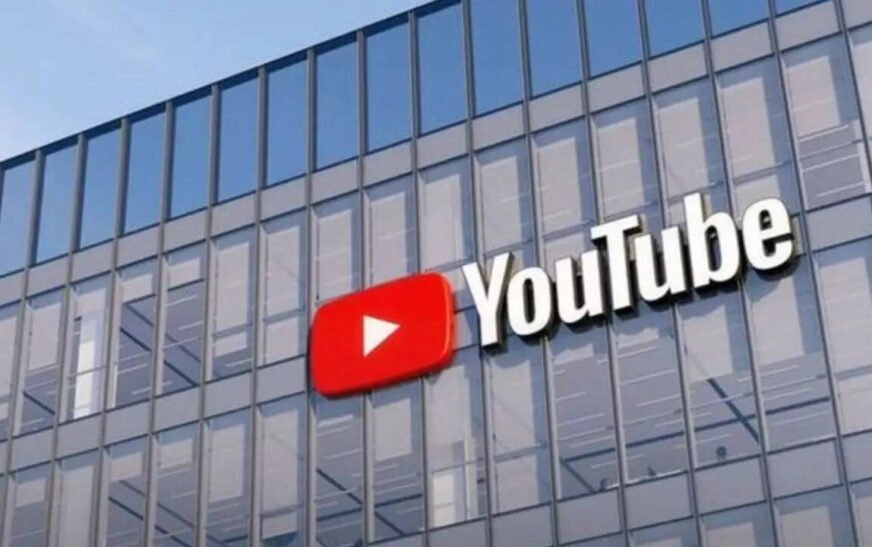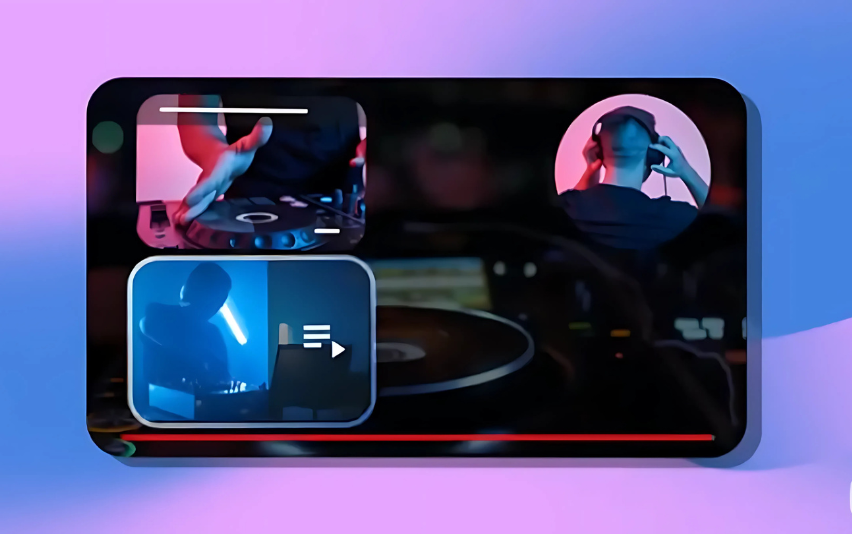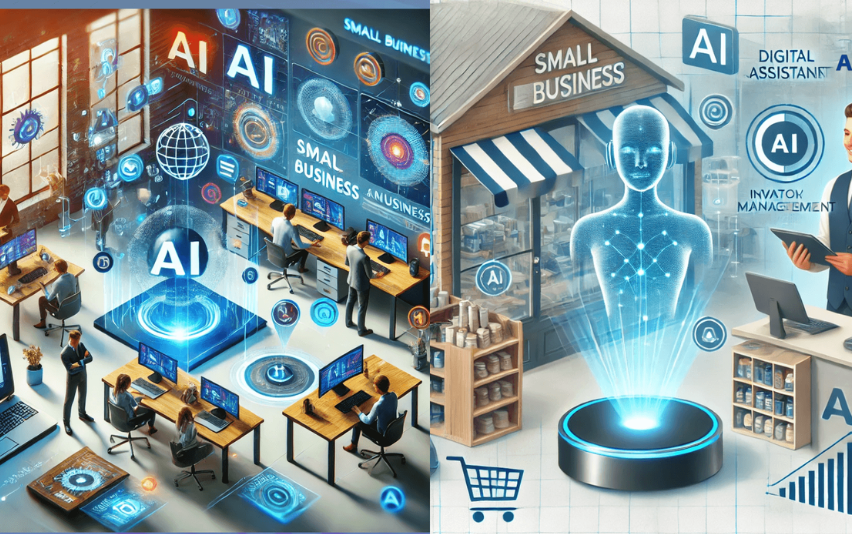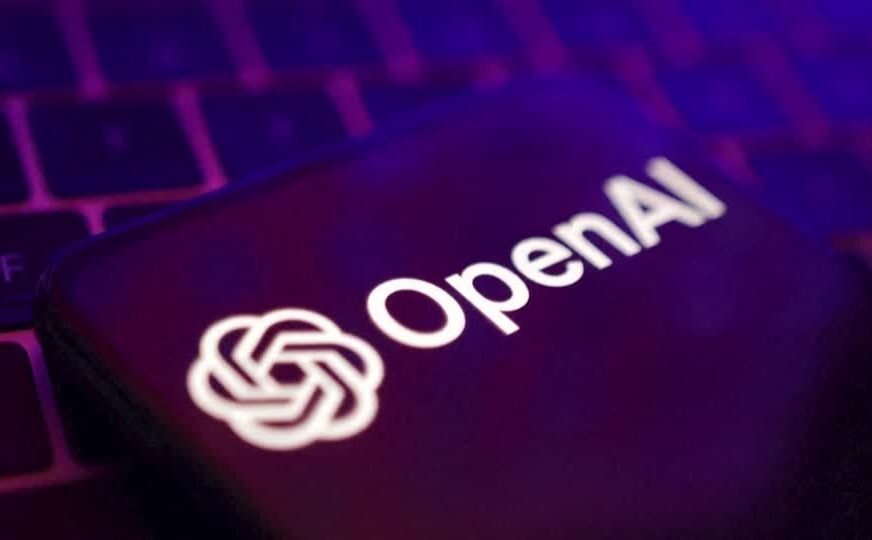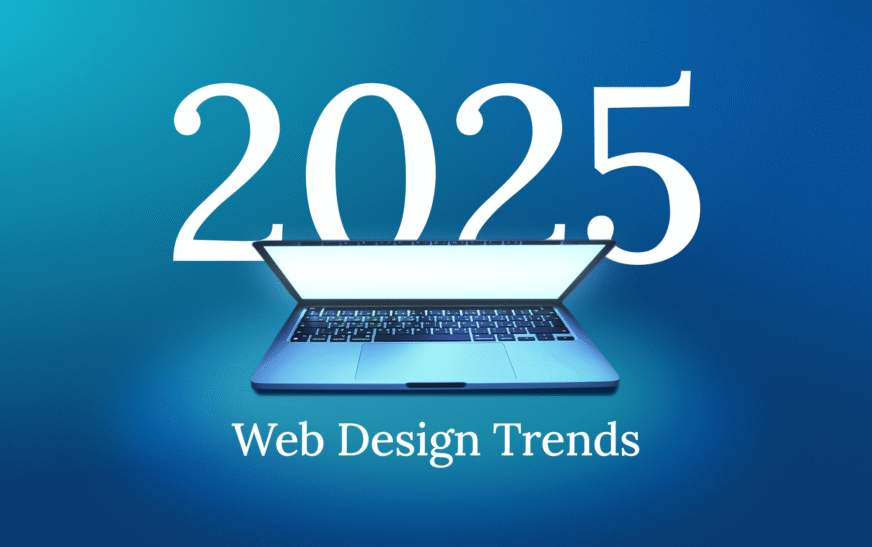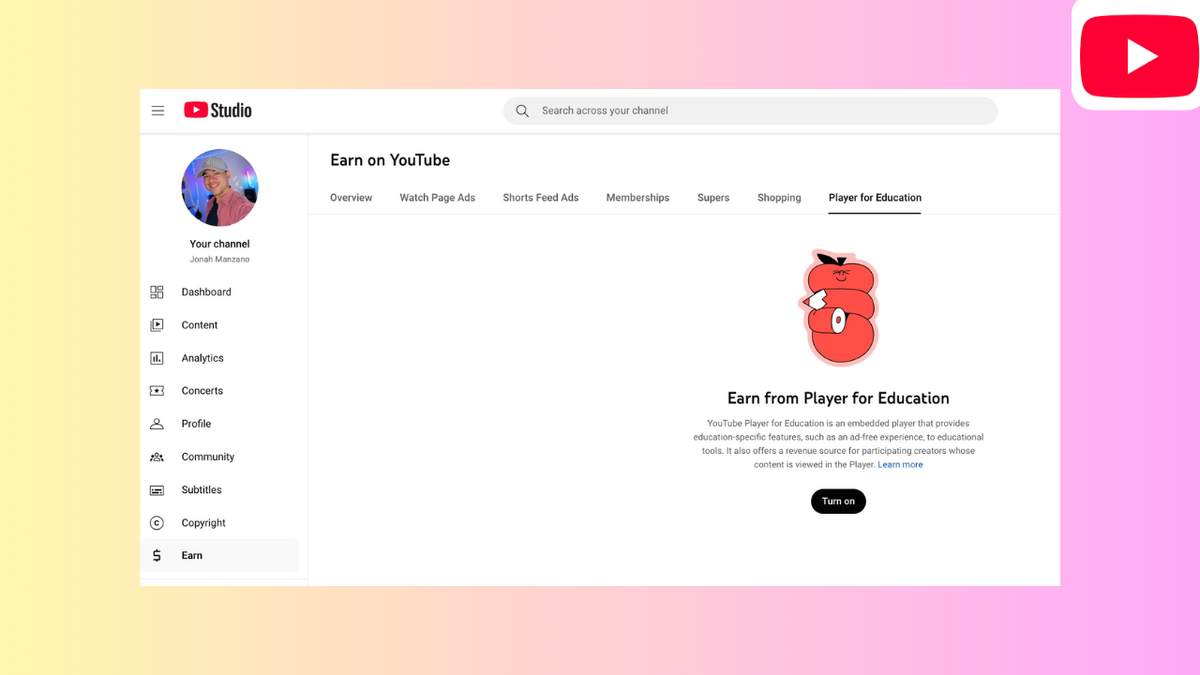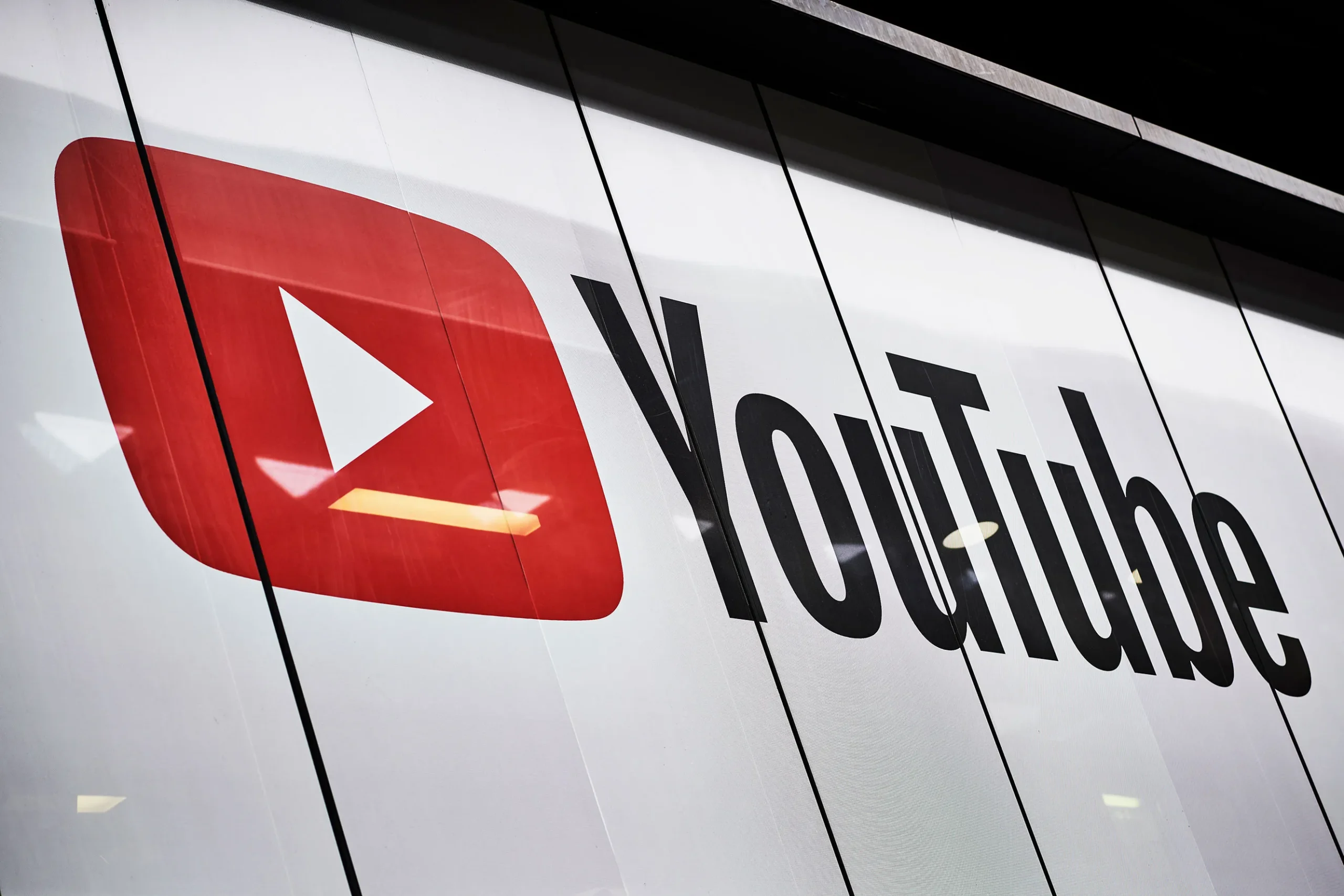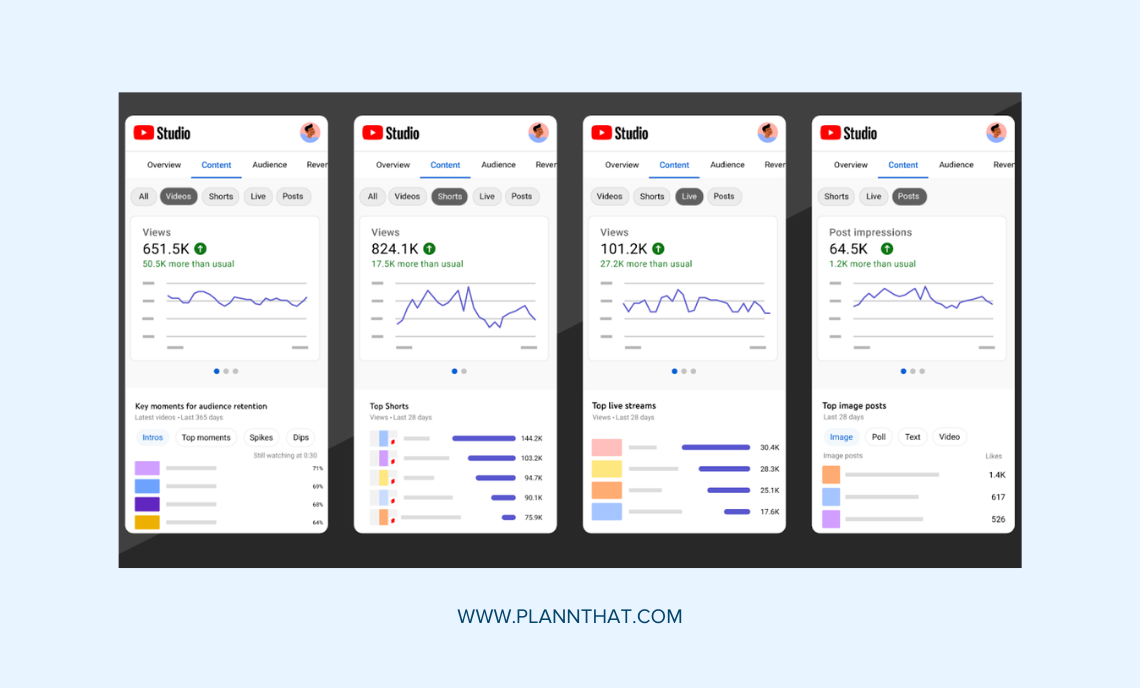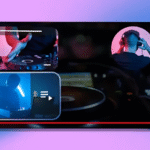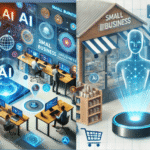YouTube is officially taking a stand in 2025 against the flood of mass-produced videos that rely heavily on AI with little to no human input. Starting July 15, 2025, major YouTube Partner Program changes will impact creators relying on AI-generated content. This crackdown, referred to as the YPP update July 2025, directly affects monetization eligibility for thousands of channels worldwide.
But what does it really mean for content creators using AI responsibly? And how can you future-proof your channel to stay monetized?
Let’s dive into the full breakdown of YouTube’s new AI-generated content rules, what qualifies as original and authentic content, and how to align your videos with AI content SEO best practices.
What Are the New YouTube Monetization 2025 Rules?
The updated YouTube monetization 2025 policy aims to reduce spammy, repetitive, and templated content from channels that churn out dozens of AI-made videos with minimal value. This includes:
- AI-powered slideshow videos with generic scripts
- AI voiceovers YouTube creators use without commentary or personality
- Recycled clips with no transformative insight
- Generic “Top 10” or listicle videos that repeat the same structure
YouTube will now evaluate if your content genuinely serves viewers. If not, you could lose monetization—even if you’re already in the Partner Program.
Why the Focus on AI-Generated Content?
With generative AI tools making content creation faster, YouTube has seen a surge of mass-produced videos that game the algorithm but offer little substance. These videos often include AI-generated scripts, auto-narration, and pre-made visuals. As a result, many violate the principles of original and authentic content, which is now a core focus for YPP.
It’s important to note that YouTube isn’t banning AI entirely. Creators using AI tools creatively and transparently still qualify for monetization—so long as they demonstrate added human value.
YouTube Partner Program Changes: What’s Affected?
The YouTube Partner Program changes taking effect in July target:
- Repetitive AI content published in bulk
- Videos with minimal human commentary or transformation
- AI voiceovers YouTube uses without real narration or analysis
- Slide compilations that add no original perspective
Creators are now required to add genuine insight or unique storytelling. YouTube wants to prioritize content that informs, entertains, or engages users beyond automation.
How to Stay Monetized After the YPP Update July 2025
To remain compliant with the YPP update July 2025, here’s what every creator should do:
Focus on Human Value
Start by ensuring every video showcases your personality, experience, or analysis. Add commentary, share personal stories, or break down complex topics in your voice. This helps you meet the requirement for original and authentic content.
Use AI as a Tool, Not a Crutch
Yes, AI can help you draft scripts or generate B-roll ideas, but the final content must reflect your human input. YouTube’s reviewers are now trained to spot robotic uploads with no emotion or context.
Add Visual and Verbal Transformation
If you’re using clips or external media, transform them. This can be in the form of reaction videos, breakdowns, or adding context. Don’t let AI do 100% of the talking.
SEO Tips: Align with AI Content SEO & Google’s Standards
In 2025, SEO is not just about stuffing keywords—it’s about AI content SEO that balances technical optimization with user experience. To do this:
- Place your primary keywords like YouTube monetization 2025 and AI-generated content rules in your video title, description, and tags.
- Use natural, long-form content that mirrors spoken language (good for Google’s Generative Engine Optimization).
- Add timestamps and structured headers to improve your Answer Engine Optimization score.
If your content doesn’t serve actual user intent or answer questions clearly, you risk losing both viewers and ranking.
What is Answer Engine Optimization and Why It Matters?
Answer Engine Optimization (AEO) is about structuring content so AI-powered search tools (like Google SGE or ChatGPT browsing) can extract answers efficiently. Use direct headings (like this one), bullet lists, and FAQs to boost visibility.
When applying Answer Engine Optimization, you signal to YouTube and search engines that your content is informative, organized, and helpful.
Generative Engine Optimization: Future of AI + Content
Generative Engine Optimization is a rising SEO strategy in 2025. It focuses on training your content to show up in AI-generated results. That means writing like a human but thinking like a machine. Align your language with real user questions, include natural transitions, and don’t over-optimize.
Your goal isn’t just to rank but to serve—whether a viewer finds your video through search or AI recommendations.
Real-Life Example: Creator Saved from Demonetization
One tech creator was uploading 30+ videos a month using AI voiceovers YouTube scripts. After their CPM dropped and they were flagged for review, they changed their approach. By narrating videos personally, adding custom graphics, and trimming low-effort uploads, they regained full monetization within 6 weeks.
Lesson? Quality > Quantity in the age of YouTube monetization 2025.
Final Checklist to Stay Monetized in 2025
Don’t rely solely on AI to produce your video content
Always add human transformation, analysis, or commentary
Comply with AI-generated content rules and declare AI use when necessary
Optimize your uploads using AI content SEO principles
Structure videos and blog posts using Answer Engine Optimization and Generative Engine Optimization
Keep your content aligned with the new YouTube Partner Program changes
YouTube’s new monetization rules are a wake-up call for creators relying on shortcuts. While AI remains a powerful tool, it’s the human touch, creativity, and authenticity that YouTube is now rewarding. So whether you’re creating tutorials, vlogs, or commentary videos—make sure they reflect original and authentic content.
This shift isn’t the end of AI on YouTube—it’s the start of a smarter, more creator-driven platform.

